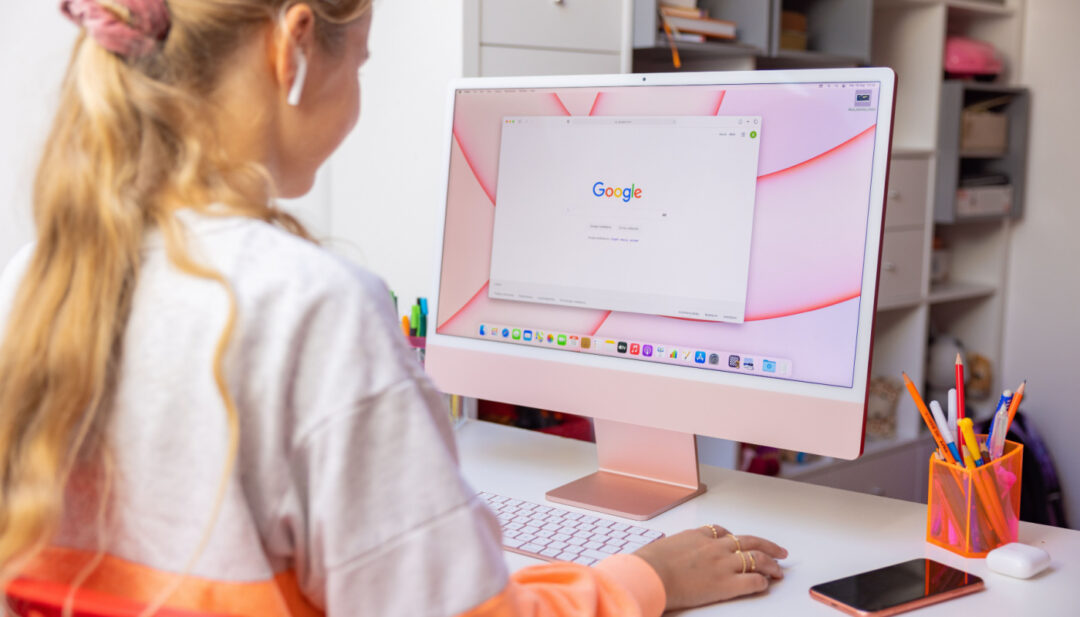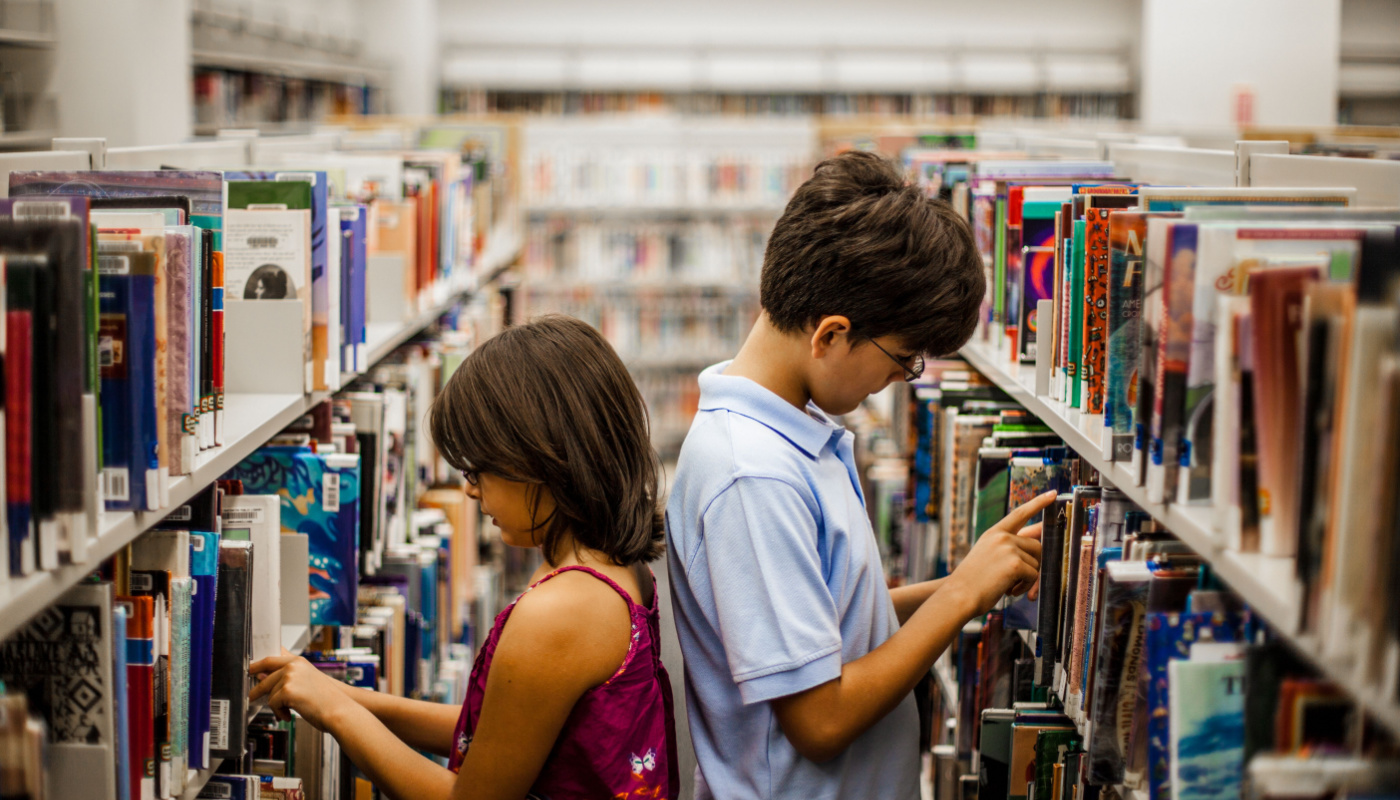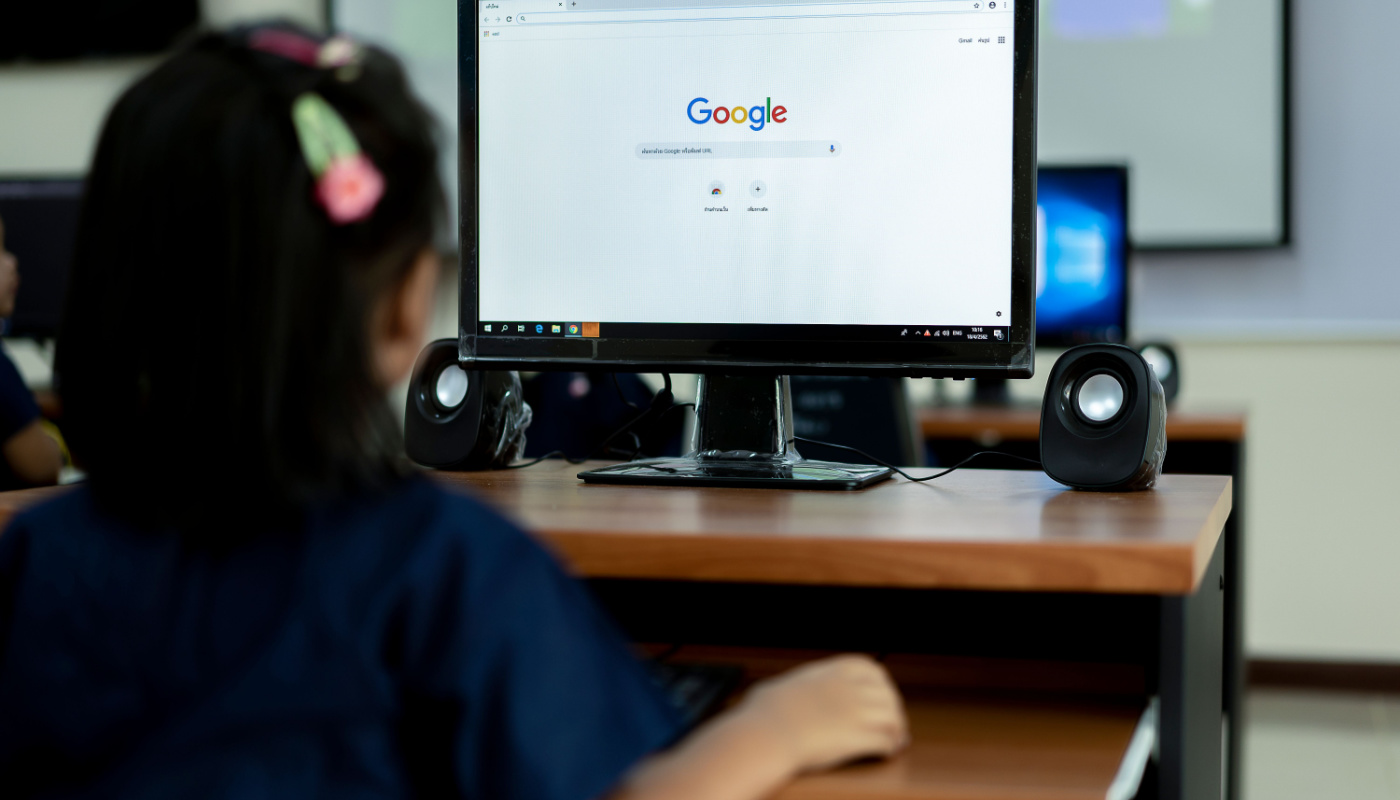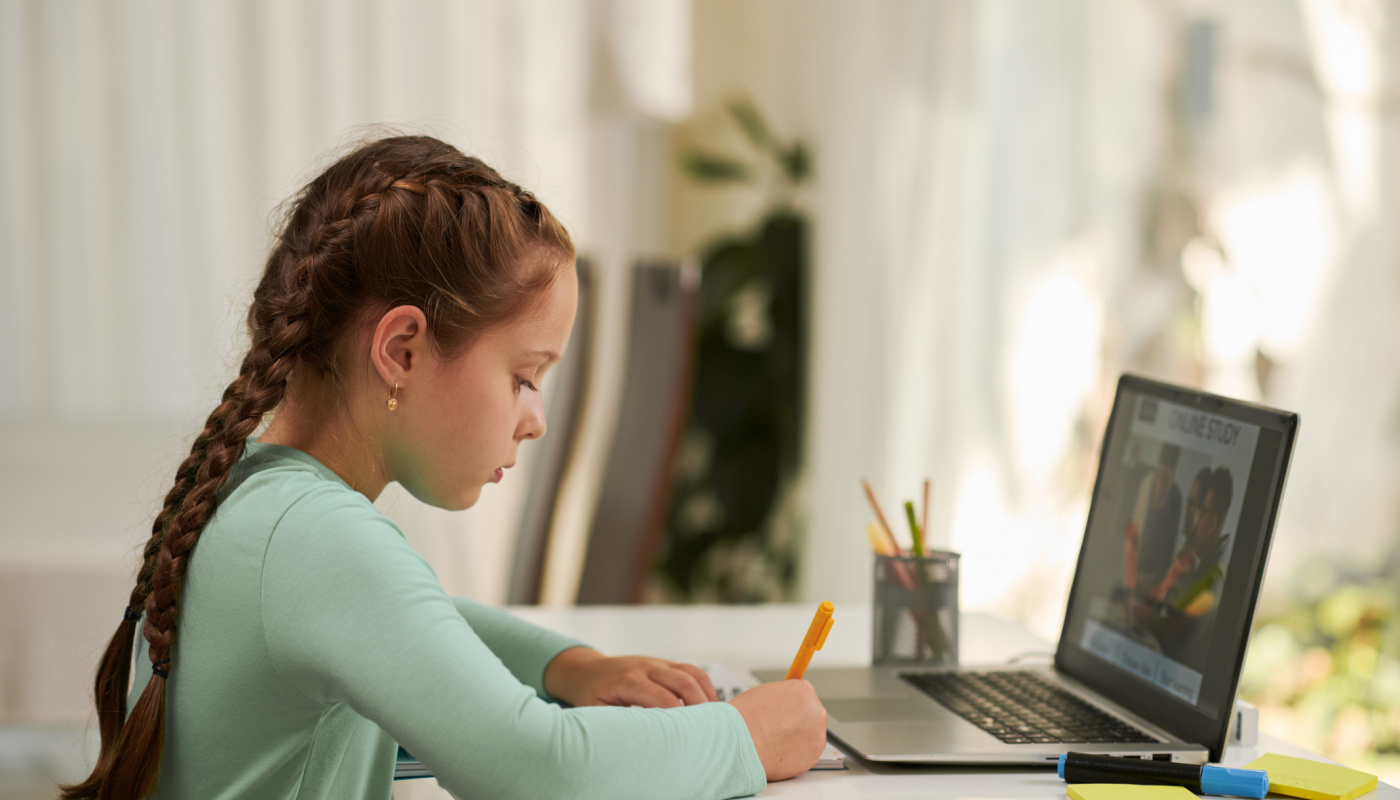
Students today have more information than ever at their fingertips. They can look up nearly any fact and research countless topics online. Of course, this doesn’t necessarily make your students strategic researchers. They might not naturally be able to defend an idea or question a statement. Effective research skills take time to develop.
Use this guide if you are looking to update your research lesson plans. You can make sure you cover everything your students need to know when researching and presenting information.
Tips For Teaching Kids How to Research
The first thing to realize is exactly how far you have come as an adult who knows how to research various topics and ideas. This is particularly true if you have an advanced academic degree that allowed you to develop advanced research skills.
“For teachers and academics, a lot of the steps in the research process come naturally or have become second nature,” says Kristi at Moore English. “It can be easy to forget how long it took us to hone our research skills.”
The steps required to research effectively are not intuitive. Every single step in the research process needs to be spelled out.
“Breaking down research tasks into simpler steps is a key strategy for helping primary grades students conduct effective online research,” says Brittany Washburn at Technology Teaching Resources. “Teachers can use a variety of techniques to make the research process more manageable, including using graphic organizers, creating checklists, and providing students with step-by-step instructions.”
By approaching research as a process and developing strategies to work through ideas, you can help students develop good habits that help them prepare for higher-education courses.
You can also keep research hands-on by teaching younger learners to discover information outside of the internet. Kelly Hincks, a librarian at Detroit Country Day Lower School, uses a basket of tools to make research more interactive for students. For example, a student can place a sticky note on a page to remember that there is valuable information there. They can also write why they placed the note there, so they remember it later. She includes highlighters, pencils, bookmarks, and other items in the toolkit for students to use.

Help Your Students Use Google More Effectively
A big part of research today involves finding quality online sources. Even if you expect your students to cite books in their research papers, they can easily find digital copies of many publications online. This means it is essential for students to learn how to use search engines effectively to get quality, reputable results.
In a post for Educators Technology, Dr. Med Kharbach shares an infographic students can implement to use to search engines more effectively. For example, students who are researching the population of jaguars across the world can use a minus sign (-) to remove irrelevant results. They might type in the phrase “jaguars -car” to focus on the animal, not the vehicle.
The team at StudyCorgi also has tips students can use. For example, they can set time restraints so they only see results that were published recently. They can also use “related:” to find similar websites to the ones they trust.
While your students might already seem like Google experts, there are other search engines they can use. Jill Staake at We Are Teachers, shares seven search engines designed for young learners. The results are safe for kids and might produce better results based on their needs.
Continuing with the example of the jaguar search, a child-focused search engine might produce results by PBS or Nat Geo Kids that are easy to read, rather than an in-depth article on jaguar poaching that could be disturbing to young readers.
You can also find tutorials for older students on how to use more advanced search engines. Molly McHugh-Johnson at The Keyword created a guide for using Google Scholar when students start citing published research papers that defend their claims.
Teach Students How to Find CRAAP
Google tips and tricks can help students discover websites faster, but you also need to teach them to find content that is better. There is a lot of misinformation online that is either poorly sourced, outdated or misleading.
One option is to teach the CRAAP Test, which was originally developed by the California State University Chico. This is what the acronym means:
- Currency: The content is up-to-date, with functioning links, and addendums if additional information has come to light.
- Relevance: The information relates to the audience and the content is valuable to support the research efforts.
- Authority: The piece was written by someone who is authorized to speak on the topic and is published on a quality or authoritative website.
- Accuracy: The information is correct and backed by quality sources. The content is also unbiased.
- Purpose: The goal of the content is to inform and educate. It is not propaganda or something written directly for a profit.
It can be challenging to find research that meets all of these criteria, but reliable sources are essential for defending a thesis. If students can evaluate sources, they’ll be able to find good information for their research papers.
There are activities you can do to teach students how to evaluate information. Trevor Muir, a teacher and author of the books “The Epic Classroom” and “The Collaborative Classroom,” challenges students with a source showdown. He pits two sources against each other and students have to determine which one is better to use.
For example, one source might come from a trusted website (a reliable publication with a .edu URL) but it might be outdated (published in 2003) or written by a student or guest author rather than a professor or authority figure. The more students engage with different resources, the better they can find the best ones.

Research Lesson Plans Introduce Good Habits to Younger Students
While the CRAAP Test is often taught to high school students, kids are never too young to question information found on the internet.
Brooke Khan, creator of Literacy in Focus, shares a checklist for students to review websites and make sure they are reliable. This checklist covers the 5Ws (who, what, where why, and when) to help students answer questions about a website. The list is also useful when students start citing sources in their research.
Younger students can also learn how to contrast, compare and challenge information. Jeannette Tuionetoa at Homeschool Giveaways explains what this means. Comparing refers to finding information on another website to see if an objective, reputable page says the same thing as the original source they found. Challenging refers to questioning ideas as to whether they are accurate.
For example, you can make a claim that orca whales can fly, using a made-up news source website, and share it with your class. Your students should then challenge that idea and discover high-quality sources that contrast with the false information that you provided.
Additionally, you can help young learners become better researchers by giving them prompts and questions that aren’t easy to find. Otherwise, your students might get the information they need and then move on to another topic, without ever diving deeper into the information.
“Students today generally have short attention spans due to the instant response of technology,” says Charles Silberman, a physical education teacher and course developer. “This can make having to go through detailed research that takes time a tall task.”
Silberman recommends using research questions that are opinions so students can’t get an answer immediately. For example, instead of asking, “How long does a bear hibernate,” their research question could be “Which bear is the best?” This challenges students to create a convincing argument that uses a variety of different sources and points to help them reach a conclusion.

Teach Students to Question the News
Strong research practices can prepare students to succeed in academia, and also help them navigate the media landscape. Good research habits can give your students the media literacy skills they need to thrive.
One lesson by PBS NewsHour Student Reporting Labs teaches students how to challenge outrageous claims using the story of Damar Hamlin, an NFL football player who experienced an on-field medical emergency in early 2023. It highlights the conspiracy theory that his collapse was caused by the COVID-19 vaccine and introduces students to the concept of an echo chamber and the process of lateral reading.
If you have older students, this is a great example of how conspiracy theories can start to dominate social media, even though they are easy to disprove with research.
There are also times when the news might come to your classroom even if you don’t want it to. Students will ask questions about Gaza or parrot the ideas of their parents about Russia and Ukraine. When this occurs, you don’t have to shut down the conversations. The team at Teaching Kids News created a guide for addressing difficult topics with students. They recommend highlighting how rare a particular occurrence may be and providing background information for context whenever possible.
Remember, the news isn’t as removed from kids as many adults think it is. It’s unfortunately common for your students to have anxiety about school shootings or have experience with hate crimes. They want to process information from the news and reflect on how it affects them.
There are times when you might use research lesson plans to show students how to shut down fake news, and other times when research can be used to identify different perspectives and ideas.
“In addition to approaching individual news segments with a critical lens, students must also learn how to seek out multiple reports, representations, and interpretations of the same event or topic from different perspectives,” says Jennifer Noji, a doctoral student at the University of California, Los Angeles. “Rather than refusing to acknowledge the ‘other side’ and their opinions, they might deeply benefit from engaging with them.”
One lesson plan could involve asking students to defend an opinion one week and then completing the same assignment the next week defending the opposing viewpoint. This forces students to use their high-quality research skills and critical thinking to consider how two people can come to vastly different conclusions about the same subject.
In theory, research should be easier than ever for students and teachers. However, just because students have access to a lot of information doesn’t mean they know what to do with it. They still need to learn critical skills like evaluating sources and presenting ideas clearly. From better Googling to clear note-taking, your research lesson plans can help your students throughout their lives.
Images used under license from Shutterstock.com.

